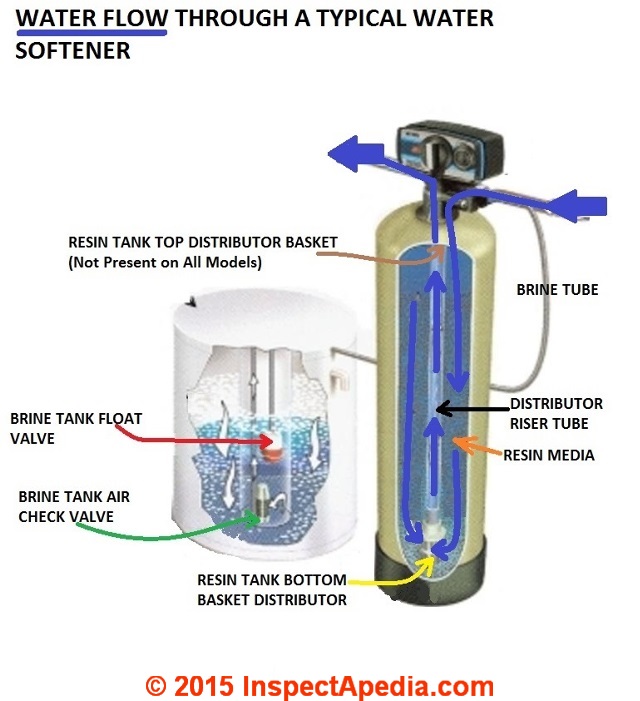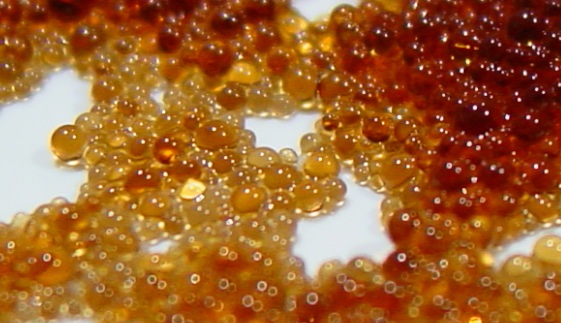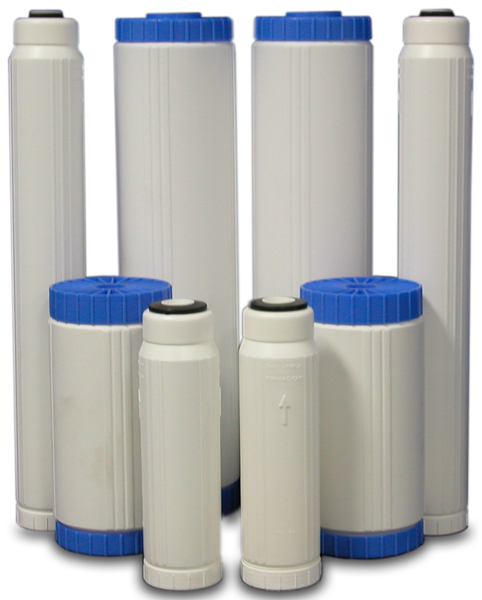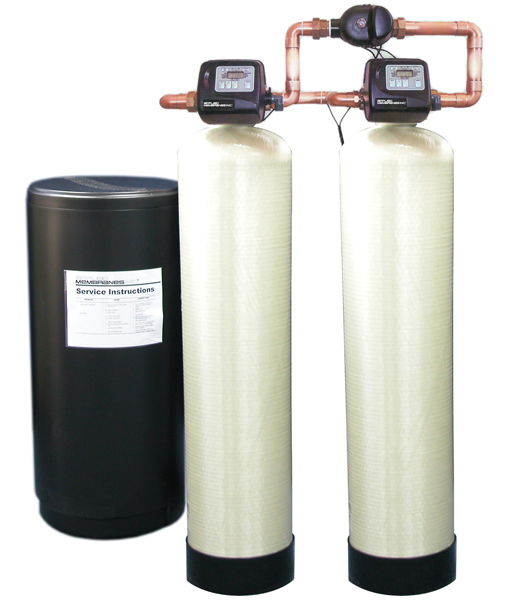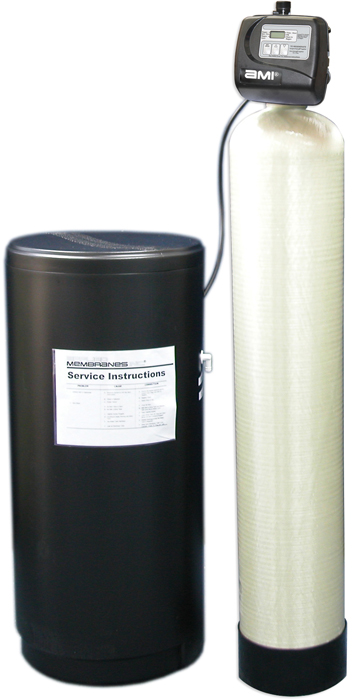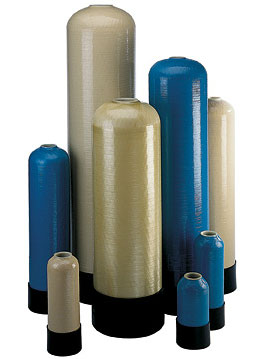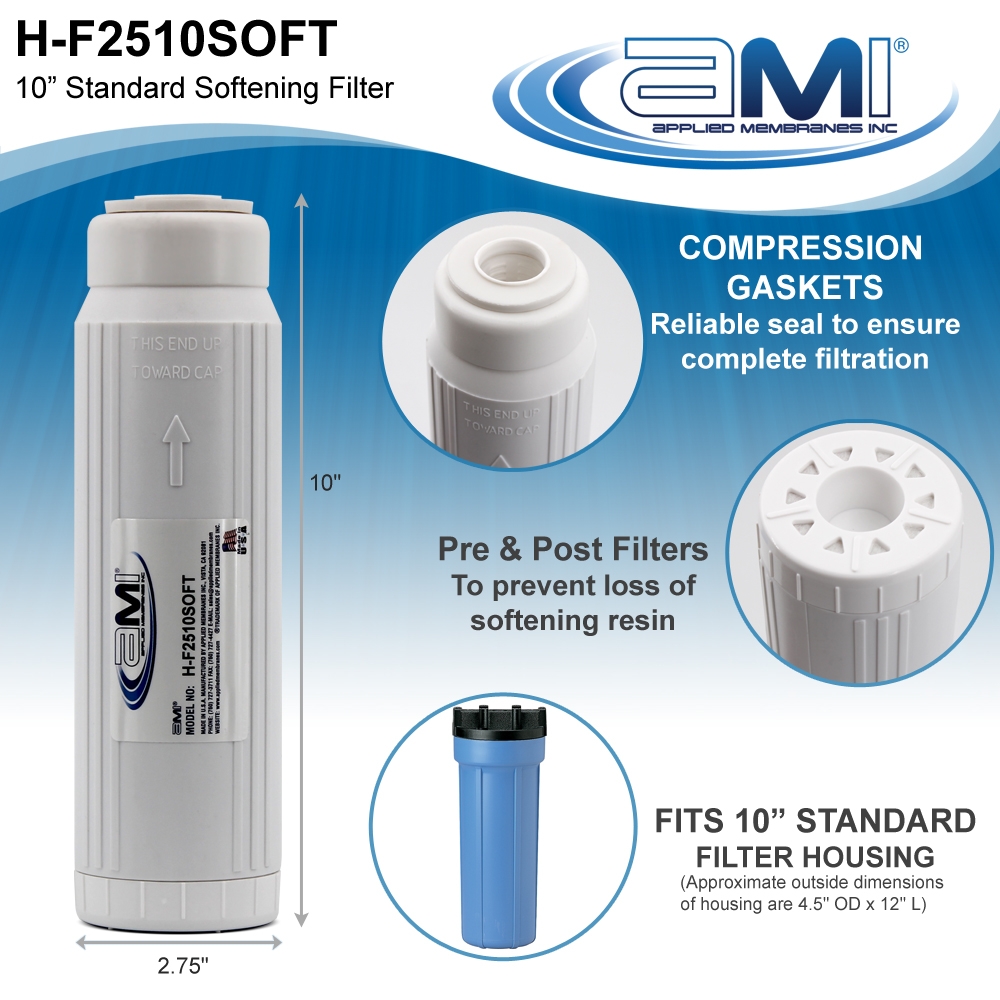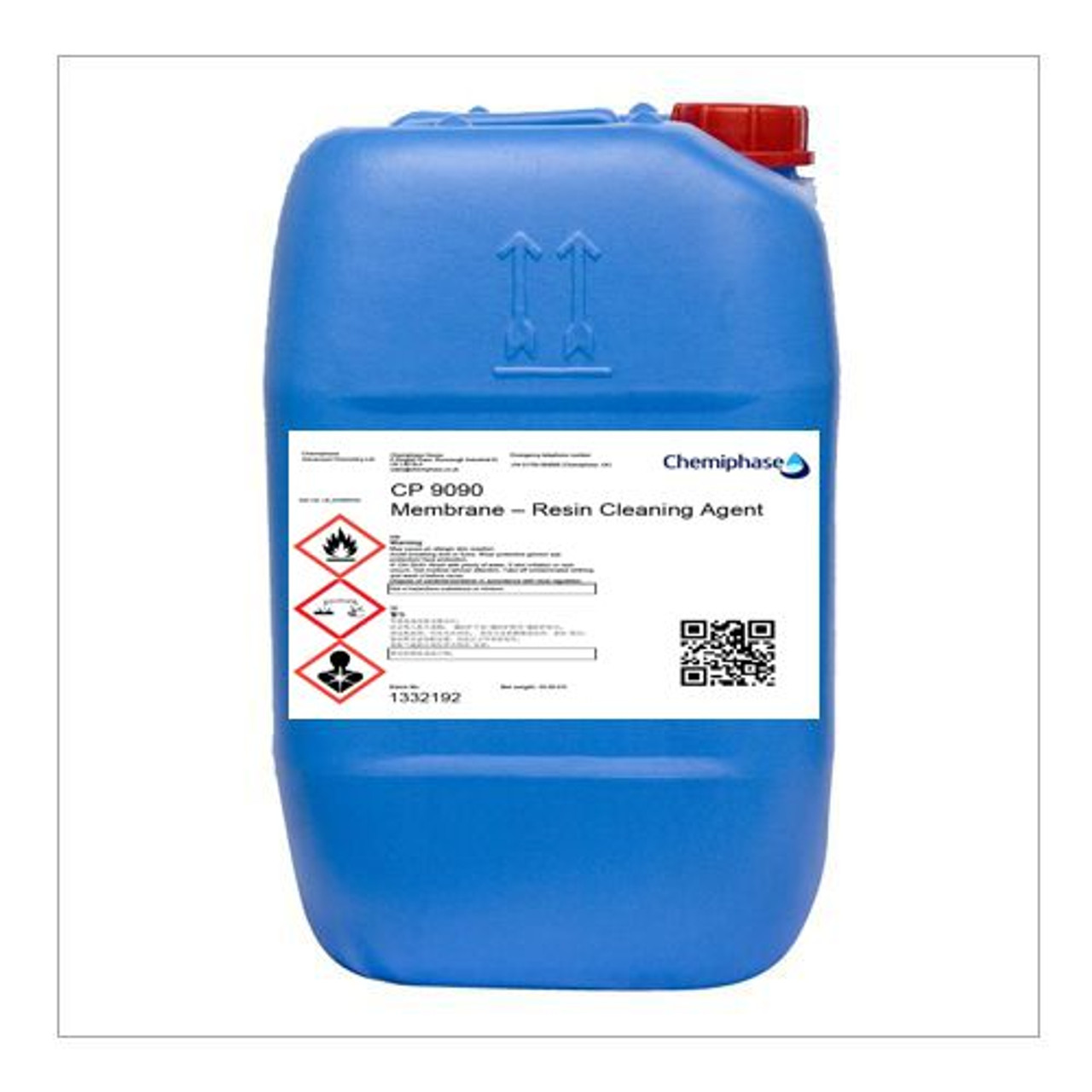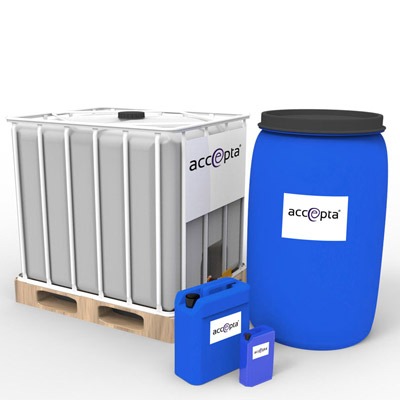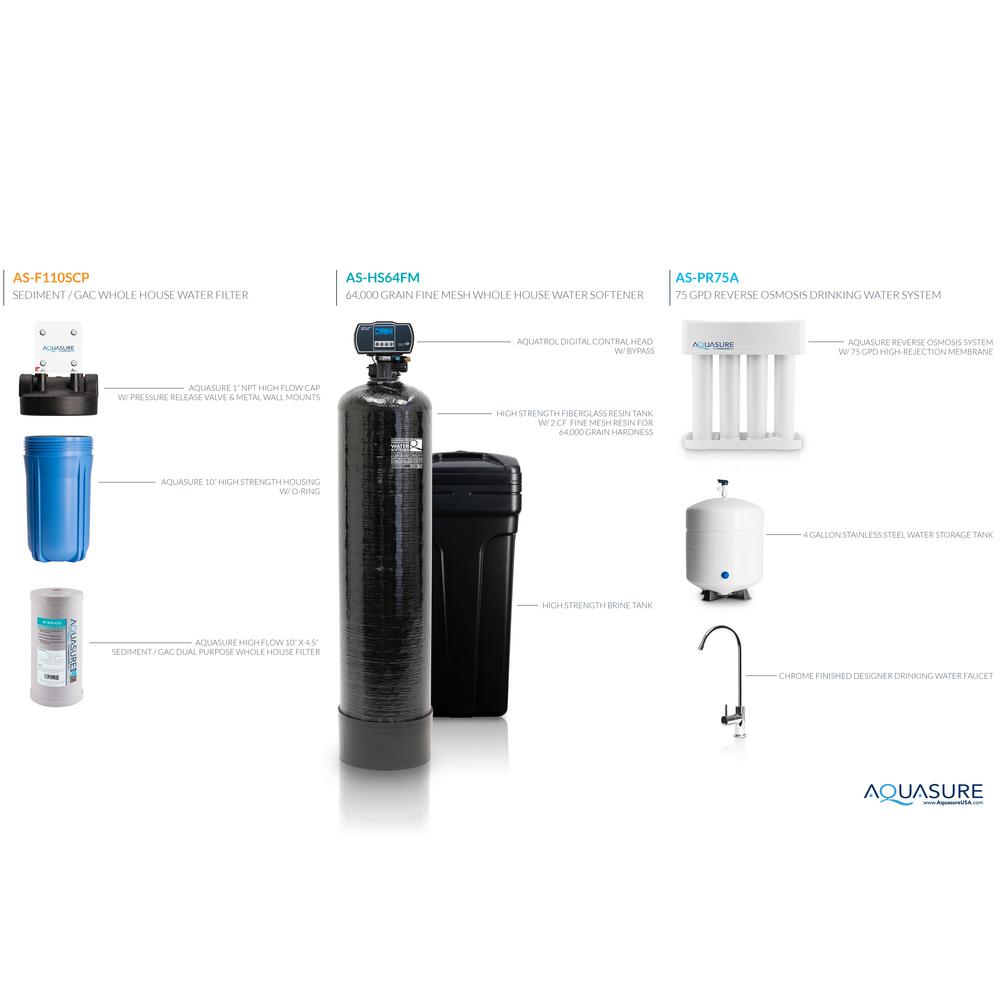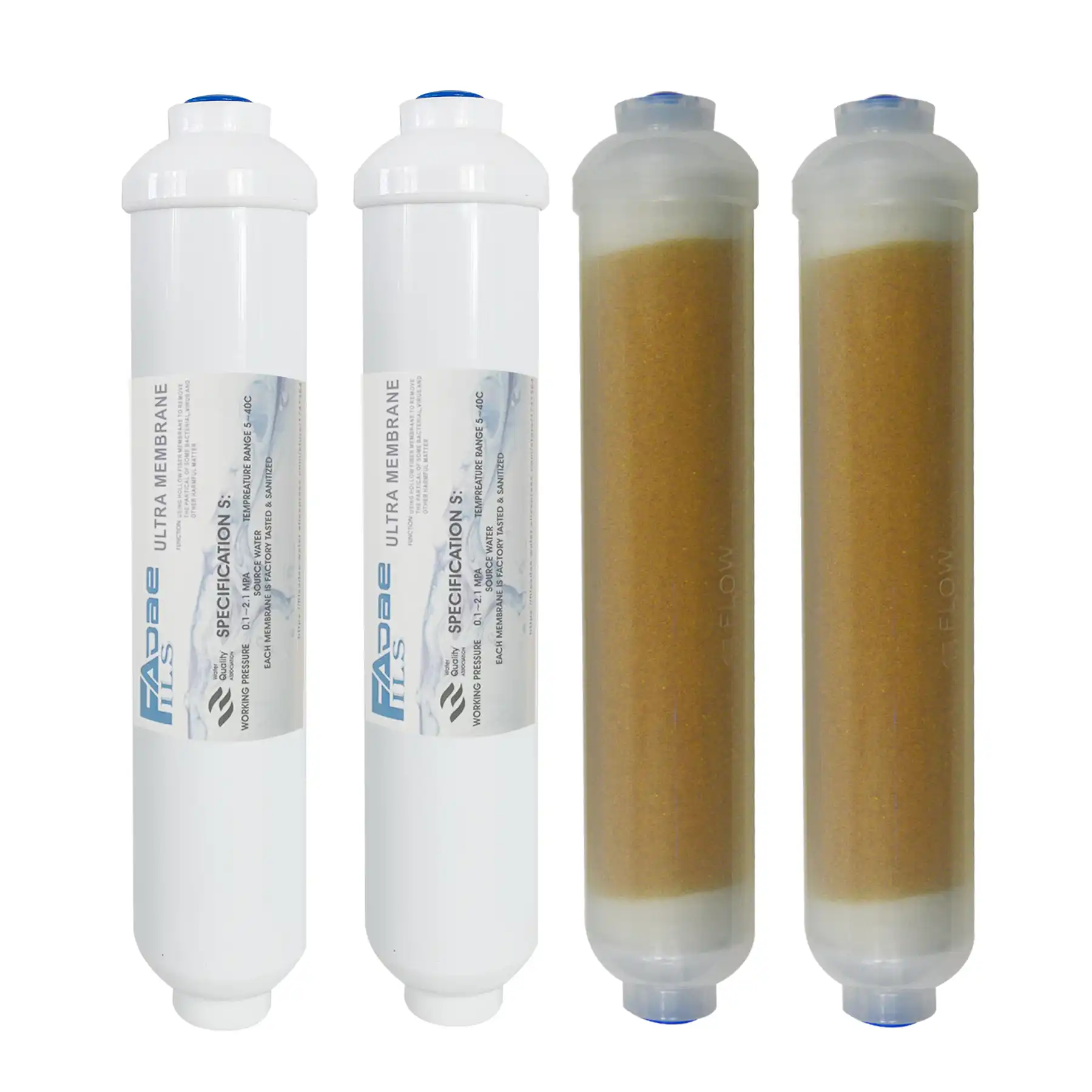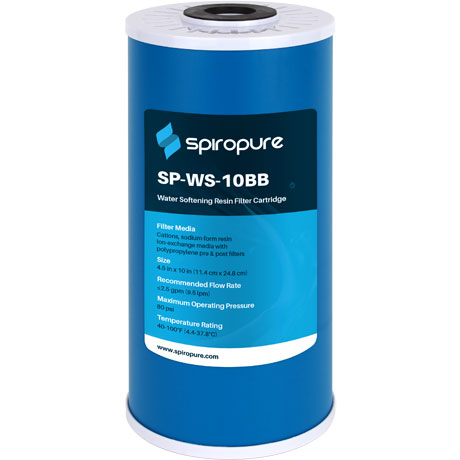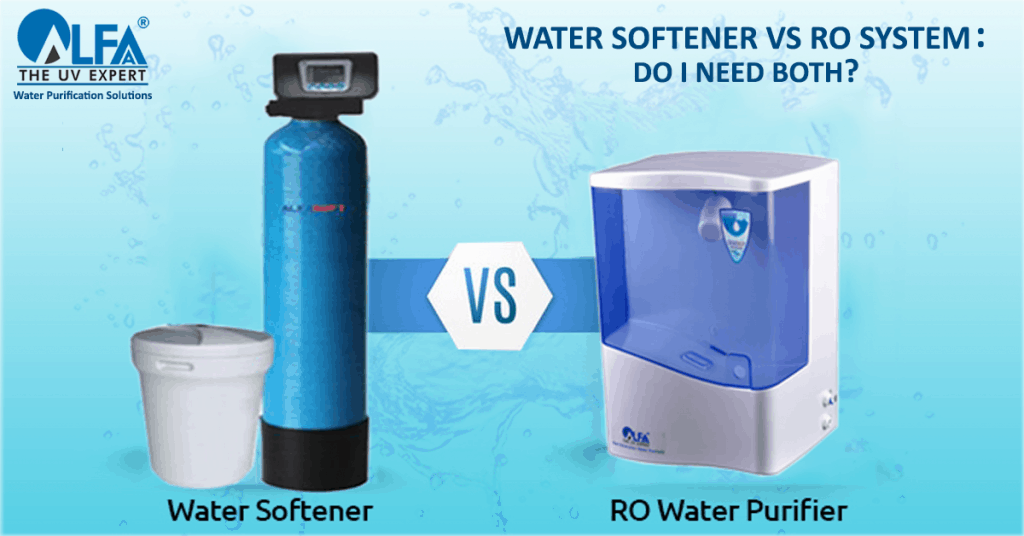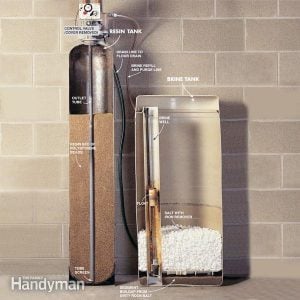Water Softener Resin Membrane

Soft water also extends the lifetime of plumbing by reducing or eliminating scale build up in pipes and fittings.
Water softener resin membrane. A common telltale sign that the membrane has broken is low water pressure and one of the common culprits for low water pressure is the water softener. Water softening is the removal of calcium magnesium and certain other metal cations in hard water the resulting soft water requires less soap for the same cleaning effort as soap is not wasted bonding with calcium ions. Removal of these minerals is accomplished by softening the water through an ion exchange process. Another issue that can occur is that a water softener can fail and backwash resin beads into your water system.
Water softening is usually achieved using lime softening or. The softener resin tank contains the treated ion exchange resin small beads of polystyrene. Hard water contains dissolved minerals in the form of calcium ca magnesium mg and iron fe. As the water flows through the mineral tank the dissolved minerals become attached to the resin creating soft water.
In many cases soluble iron ferrous can also be removed with softeners. A water softener has resin beads inside the brine tank that work to soften the water. The water softener will regenerate and clean these beads at night. With over 85 of the united states relying on hard water for their cooking cleaning and bathing water softeners serve a vital purpose.
A standard water softener has four major components. If the membrane that holds the resin beads were to break the beads are then free to travel throughout your plumbing system. This is the issue that i am going to focus mostly on in this article. A water softener removes minerals that create water hardness one of the most common water quality problems a homeowner encounters.
